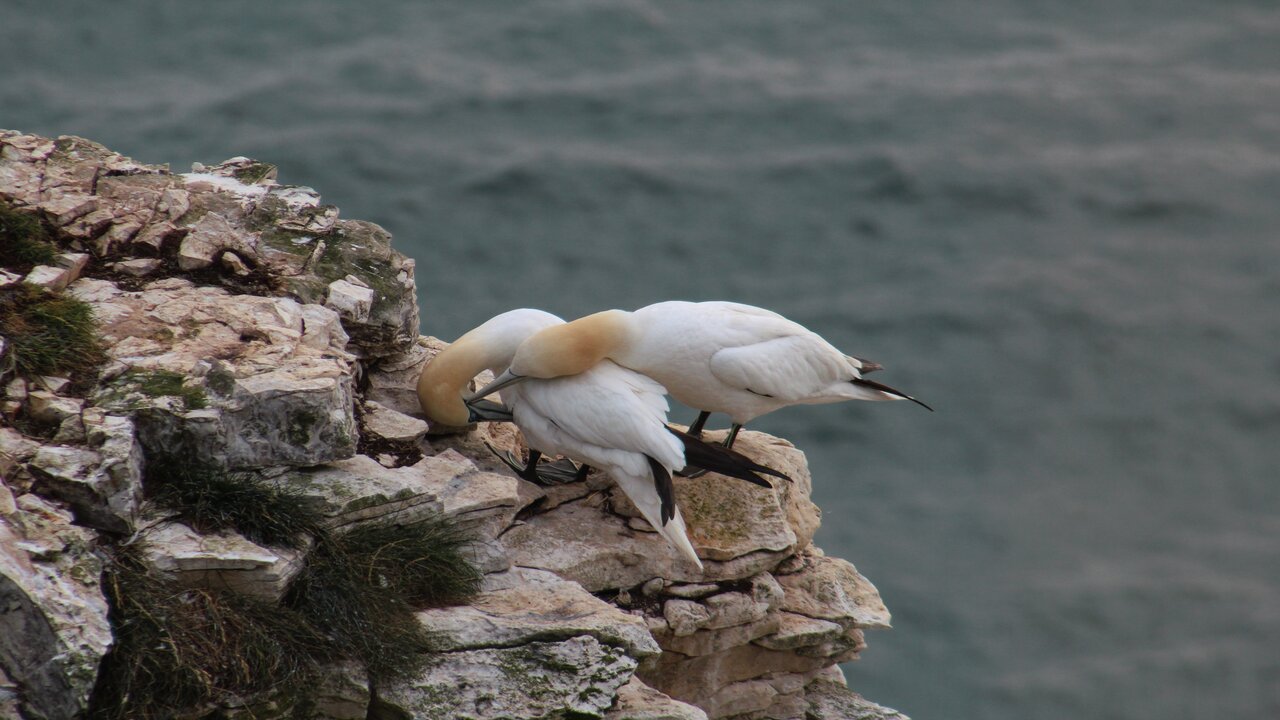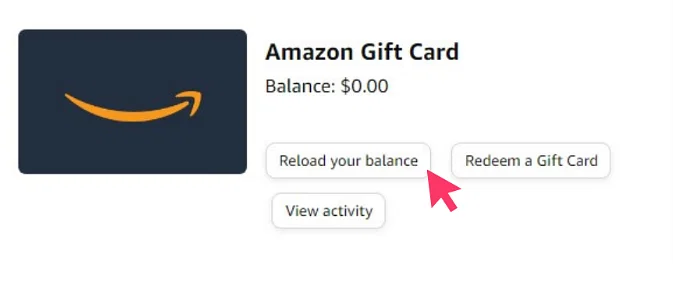Bird mating and reproduction is a fascinating process. It is important to understand how birds mate to conserve their populations. Watching these creatures fly around, it’s not out of place to begin to ponder “How do birds mate”.
Well, this article explains the bird mating process in detail. It also highlights the features used in this act and shares some interesting facts about bird mating.
Table of contents
How Do Birds Mate?
Birds mate through a process called cloacal kissing. This involves the male bird mounting the female from behind and pressing his cloaca against hers. The cloaca is a single opening at the base of the tail that serves for both reproduction and excretion.
During cloacal kissing, the male bird releases sperm into the female’s cloaca, where it can travel up to the oviduct and fertilize an egg. The act of cloacal kissing is very brief, often lasting less than a second. However, it is very effective, and just a few sperm cells are needed to fertilize an egg. After mating, the female bird will typically lay her eggs within a few days.
One interesting fact about bird mating is that some species of birds are monogamous, meaning that they mate with the same partner for life. Other species of birds are polygamous, meaning that they mate with multiple partners.
Read Also: How To Increase Brain Power For Study
How do bluebirds mate?
Bluebirds mate in a similar way to other birds. The male bird will court the female bird by singing songs, displaying his feathers, and dancing. Once the female bird is interested, the male will mount her from behind and press his cloaca against hers.
The cloaca is a single opening at the base of the tail that serves for both reproduction and excretion. During cloacal kissing, the male bird releases sperm into the female’s cloaca, where it can travel up to the oviduct and fertilize an egg.
Bluebirds are monogamous birds, meaning that they mate with the same partner for life. They typically nest in cavities, such as old woodpecker holes or nest boxes. The male bird will help the female bird to build the nest and will also help to incubate the eggs and care for the chicks.
Read Also: How to Remove Skin from Salmon
How often do birds mate?
Some birds mate only once a year, while others mate multiple times during a breeding season. Some birds, such as the emperor penguin, mate for life, while others have multiple mates during a breeding season.
The breeding season is the time of year when food is plentiful and the days are longer. This allows the birds to raise their young during the summer months when the weather is mild and there is plenty of food for the chicks to eat.
Generally, pigeons can mate multiple times a day, while albatrosses may only mate once every few years.
The number of times that a bird mate also depends on the number of eggs that the female bird lays. Some birds, such as chickens, lay large clutches of eggs, so the male bird may need to mate with the female multiple times in order to fertilize all of the eggs. Other birds, such as hummingbirds, lay only a few eggs per clutch, so the male bird may only need to mate with the female once.
Here are some examples of how often different species of birds mate:
- Pigeons: Multiple times a day
- Albatrosses: Once every few years
- Penguins: Year-round
- Chickens: Multiple times per clutch
- Hummingbirds: Once per clutch
How do birds lay eggs without mate?
Birds can lay eggs without a mate through a process called parthenogenesis. Parthenogenesis is a type of asexual reproduction in which an egg develops into an embryo without being fertilized by sperm.
Parthenogenesis is relatively rare in birds, but it has been observed in a number of different species, including turkeys, chickens, and ducks. It is thought to occur when a bird’s egg is stimulated by hormones or other environmental factors.
When a bird lays an egg without a mate, the egg will not be fertilized. This means that the egg will not hatch and produce a chick. However, the egg can still be used to produce food, such as eggs Benedict or omelets.
Read Also: Where is a Snakes Butt? (Excrement Process Explained)
Do birds have penises
Only about 3% of bird species have penises. These species include ducks, geese, swans, ostriches, emus, and tinamous. The penises of these birds are typically long and coiled, and they are used to transfer sperm to the female bird during mating.
The other 97% of bird species do not have penises. Instead, they mate by a process called cloacal kissing. This involves the male bird mounting the female bird from behind and pressing his cloaca against hers. The cloaca is a single opening at the base of the tail that serves for both reproduction and excretion. During cloacal kissing, the male bird releases sperm into the female’s cloaca, where it can travel up to the oviduct and fertilize an egg.
Frequently Asked Questions
Birds find mates in a variety of ways. Some birds rely on their eyesight to find a mate, while others use their sense of smell or hearing. Some birds also use courtship rituals to attract a mate.
Singing
Dancing
Displaying feathers
The bird mating season typically lasts for a few weeks or months. The exact length of the mating season varies depending on the species of bird.
Hormonal imbalance, Overweight or obesity, and environmental factors are some reasons why your bird may be laying eggs without mating.
Conclusion
Bird mating can be influenced by a number of factors, including the species of bird, the time of year, and the environmental conditions. Some birds mate for life, while others mate with multiple partners.
The number of times that a bird mates also varies depending on the species of bird and the environmental conditions. This article explains in detail How birds mate. You should read it.
References
- Home and Roost.co.UK – How Do birds Mate?
- My Bird Buddy.com – How Do Birds Mate and Reproduce?
- The Spruce.com – How Do Birds Mate?





